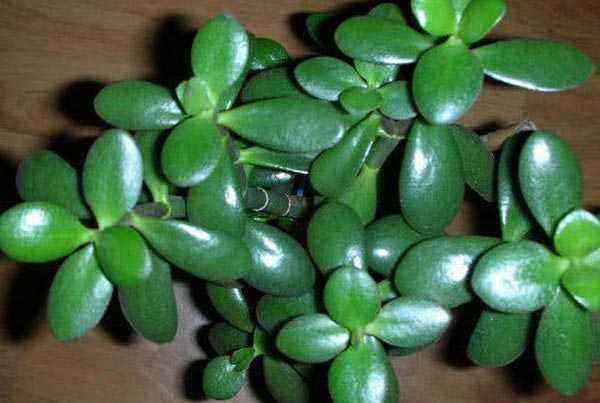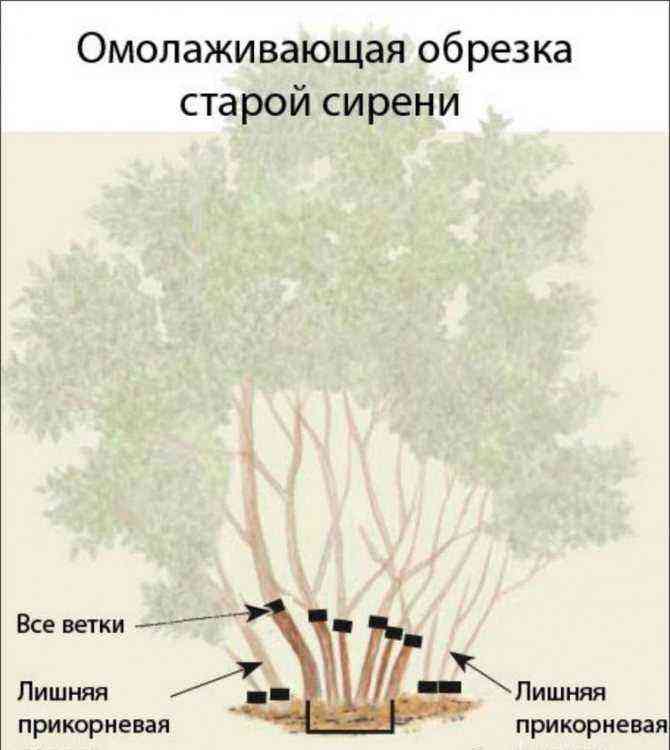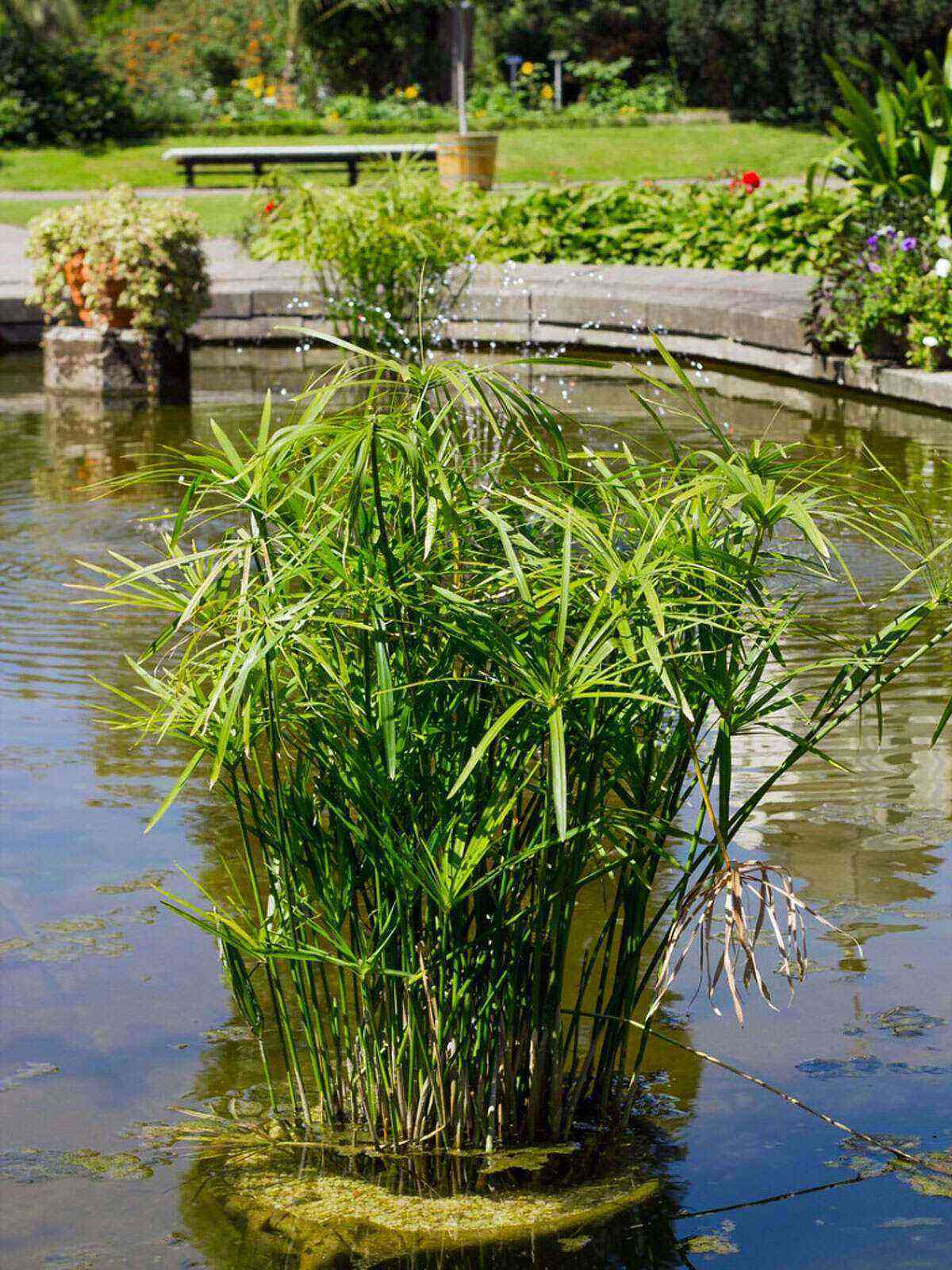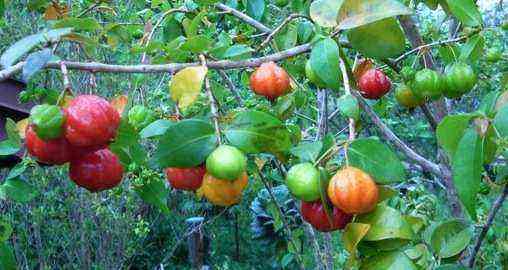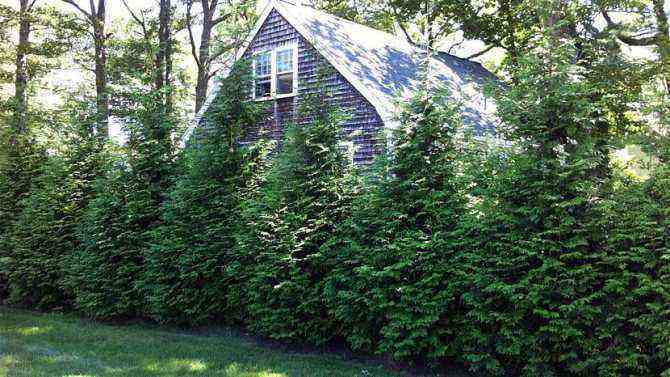Tillandsia cyanea is a plant that, like all of the bromeliad family, has a characteristic of very peculiar flowering, striking and with intense colors, which makes it a widely used specimen as an ornamental plant, especially indoors, and to make decorative compositions combining it with other plants in pots or baskets.
It is commonly known as tilandsia, pink feather, tilansia, gallitos or Spanish beard. It grows in the forests of Peru and Ecuador where it is very common and lives wild on the ground or supported by rocks or trees and at altitudes of up to 800 meters.
This and all those belonging to the genus Tillandsia were named in 1738 by the botanist Carlos Linneo, who named them in honor of the doctor and botanist Elias Tillandz and although in this specific case the flowers are of an intense violet color, cyania means colored blue.
Main features of Tillandsia cyanea
Belonging to the bromeliad family, Tillandsia cyanea, can be terrestrial or epiphyticIn other words, it can either grow on the ground or on trees, using them merely as a support, since it is not a parasitic species that feeds on them.
Its leaves make up a more or less dense rosette. They lack spines but have a sharp apex. They are usually long, between 30 and 45 centimeters, in the form of a narrow ribbon and quite flexible. They are dark green in color and have a herbaceous consistency.
The most peculiar thing about this plant is its flowering. From the center of the plant a straight bract emerges, with the short peduncle and in the form of wide spike, A bright pink color intense what is the in charge of protecting the delicate violet flowers or bluish, with soft and delicate petals that emerge from its edges. They can produce up to 20 flowers that appear progressively and over a long season. Flowering usually lasts two or three months if the plant is healthy and vigorous.
When flowering ends, the bract begins to lose its pink color and turn brown, which indicates the end of the plant’s life and although it may remain green for a year or two, it usually already does not bloom again, but it can continue to produce suckers from which we can obtain new plants. At that time, the bract must be cut from the base to promote the growth of the suckers.
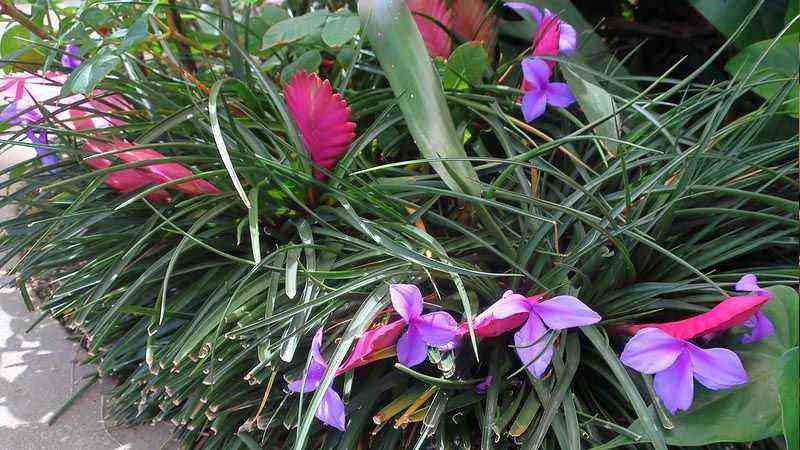
Photo by: cultivar413
Care Tillandsia cyanea
It is quite easy to take care of one Tillandsia cyanea, It does not require much attention from us, in fact, given its condition as an aerial plant, it is capable of surviving in any suitable support without the need for soil. But we must bear in mind that due to its tropical origin, it needs specific conditions of humidity and temperature.
Siembra
Although you can get a plant from seed, the quickest and most effective way is to do it from the suckers that are born from another plant when its flowering season is ending.
These suckers are extracted by carefully separating them from the mother plant, helping us by pulling them with our fingers. These suckers can be transplanted directly into another pot from June to September.
Lighting and ttemperature
Remember that the origin of Tillandsia cyanea es tropical so the ideal temperature for its cultivation is between 15 and 25 degrees centigrade, although it is capable of withstanding higher temperatures, even quite hot, without being damaged. On the other hand, it does not resist temperatures below 10 degrees, so it is best to keep it indoors or in greenhouses and put it at least once a week in a place with good ventilation so that it is well oxygenated.
The tillandsia needs to be in a ventilated and very well lit place, but without direct sunlight, as this could burn its leaves. The more light, the more intense the pink color of the bract will be. On the contrary, if it gets low light, its leaves will turn a darker color.
Soil and compost
Although it is able to feed only with the humidity of the environment, the most common is to grow it in pots.
A very decorative and original way is to do it in a clear glass container filled with colored jelly balls, which in addition to being beautiful, provides the necessary humidity without having to pay attention to watering.
For its cultivation in pots, we must use a very light substrate with a neutral or slightly acidic pH, preferably coarse peat mixed with mulch of leaves, sand and fertilized soil, to provide the necessary nutrients and obtain good drainage that prevents waterlogging.
Tillandsia cyanea belongs to a species of plants in which the roots are very insignificant, the bulk of the nutrients are absorbed directly from the environmental humidity through the leaves, for this reason it is a plant that does not usually need fertilizers, but if we consider that our plant needs them, we must resort to foliar spray fertilizers, spraying the leaves directly.
Irrigation
The Tillandsia does not need much waterOn the contrary, an excess of it could end up rotting it.
Since it is able to stay with the humidity of the environment, the best way to water it is by means of a sprayer applying the water directly on the leaves, daily in the hottest months to keep it well hydrated. One way to control irrigation is to monitor the water that remains deposited in the central part of the plant when the leaves drain after spraying them, when the water that remains as a deposit disappears it is time to spray again.
It is also possible directly irrigate the substrate, but it is essential to keep it humid avoiding waterlogging. When the plant needs water, it lets you know that its leaves will start to get somewhat limp.
For irrigation it is recommended use rainwater, but if we cannot get it, it will be enough to mix 75% tap water with 25% distilled water. Do not irrigate with limestone water.
Cover photo by: Jonathan Kriz
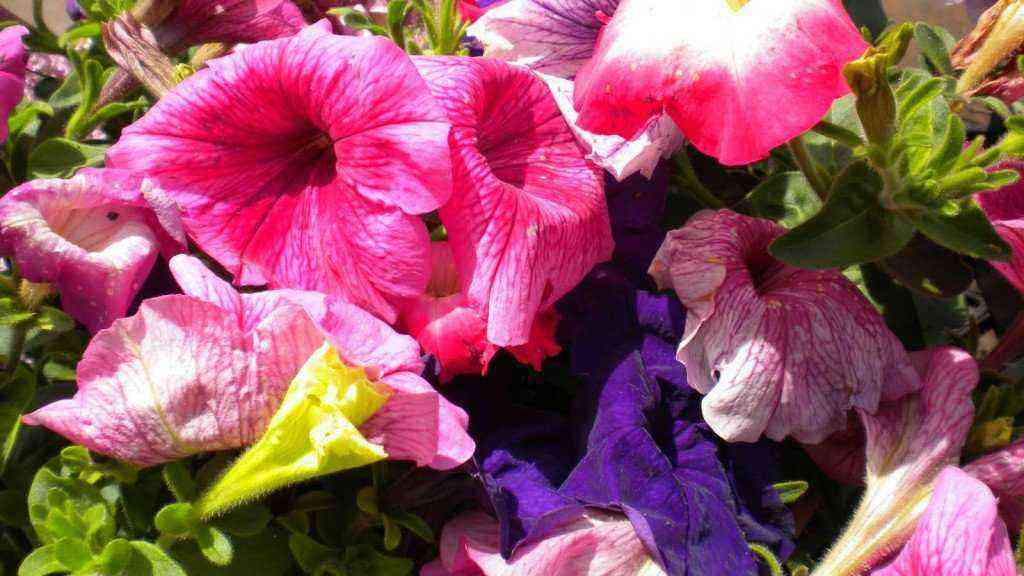
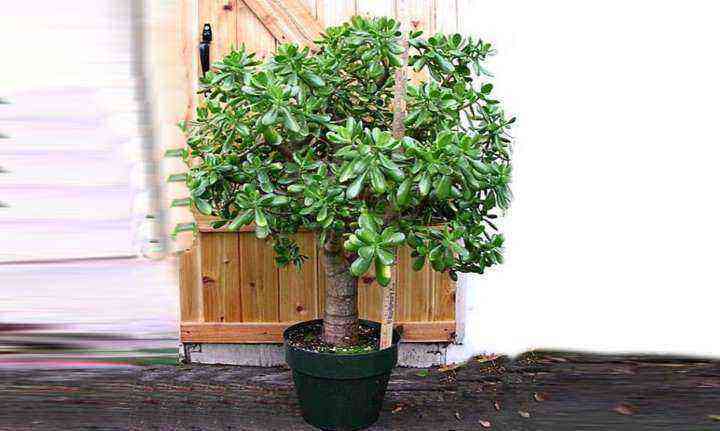
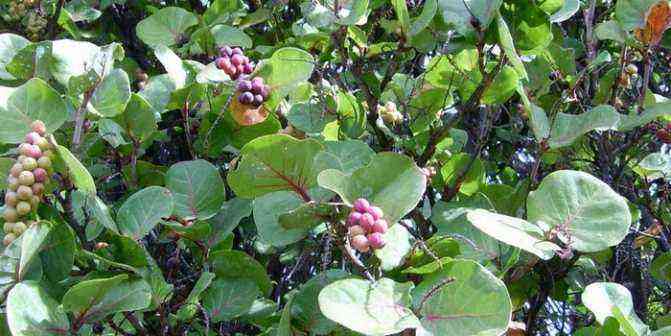
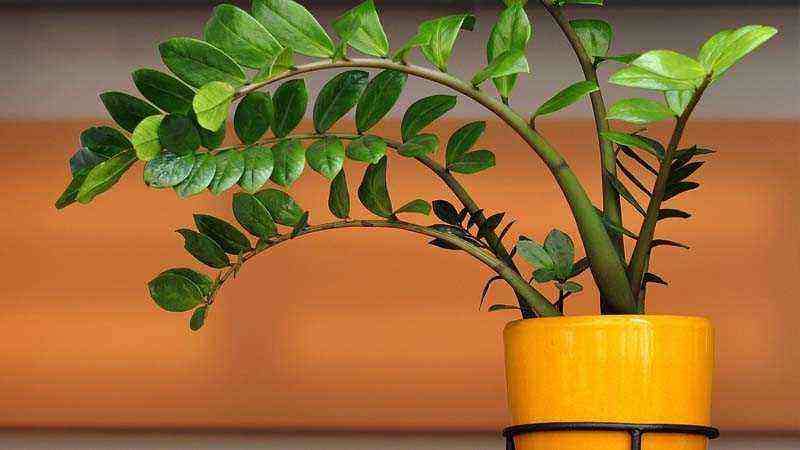



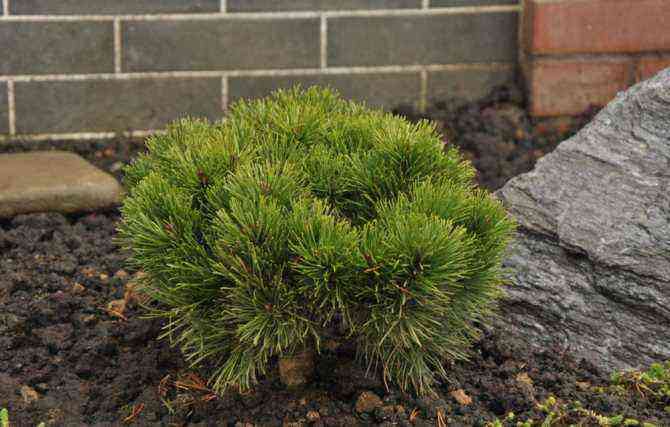
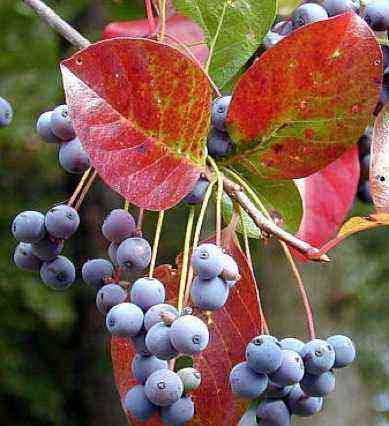


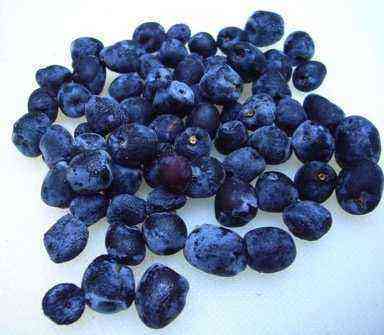
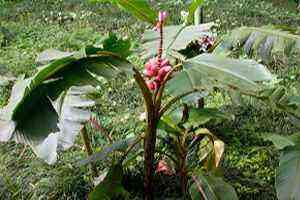
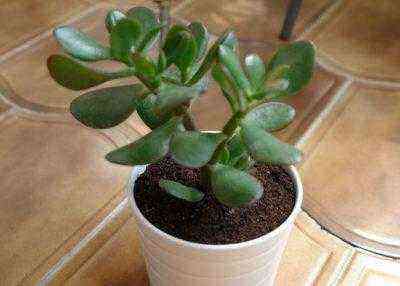
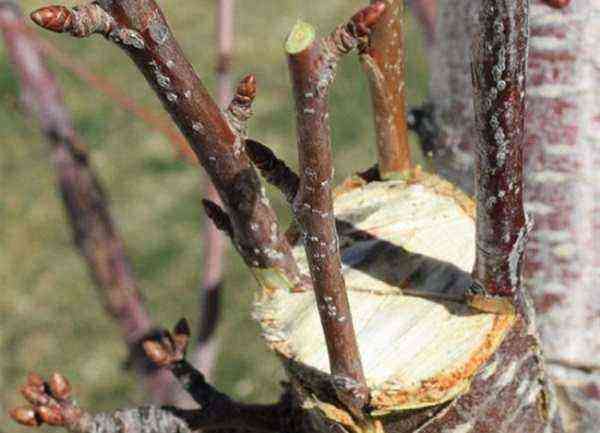
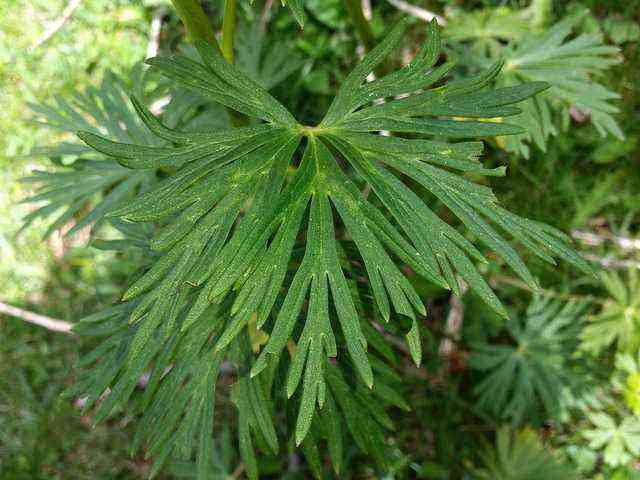
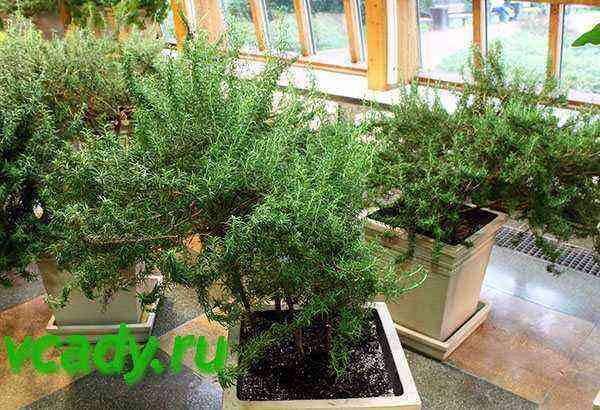

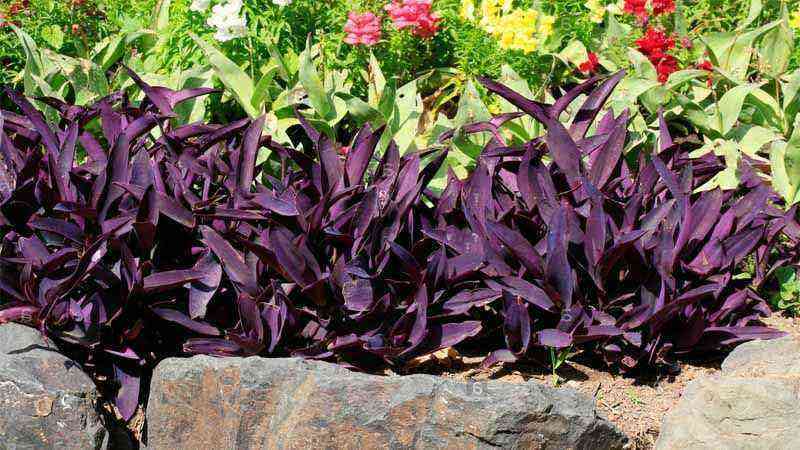
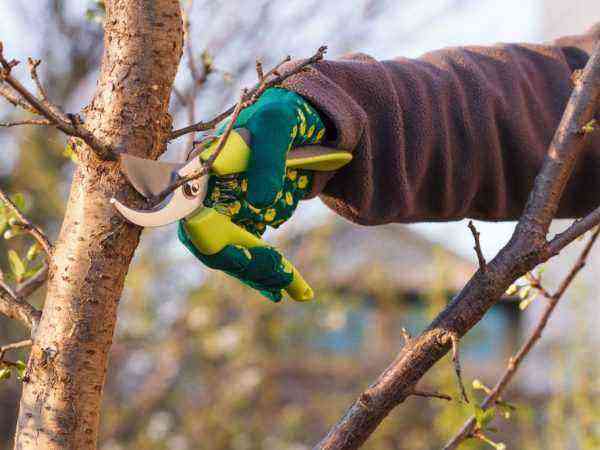



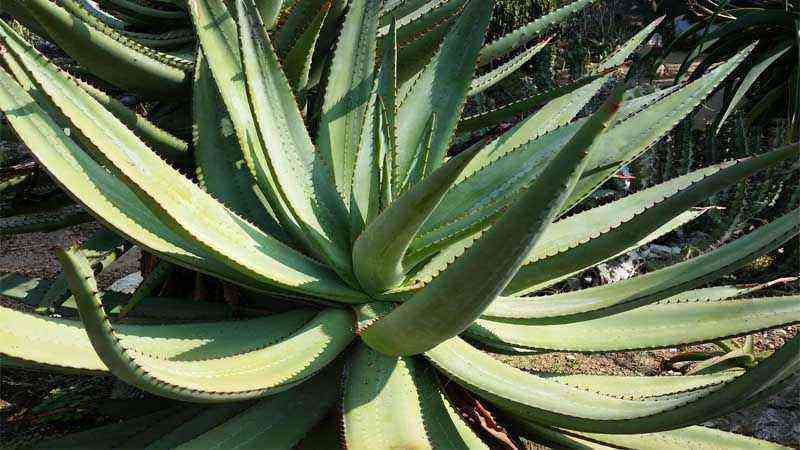
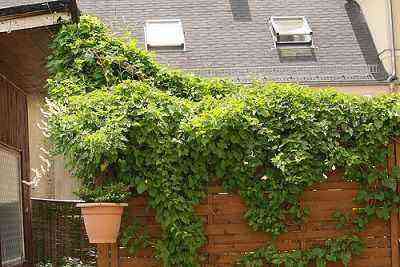

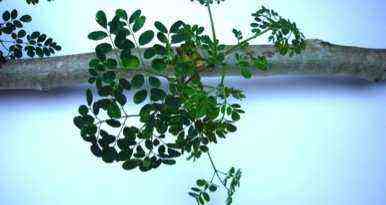
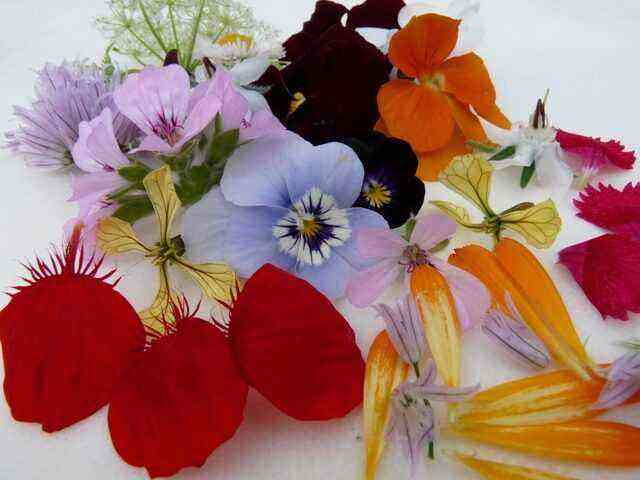

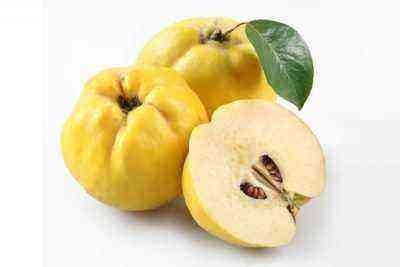


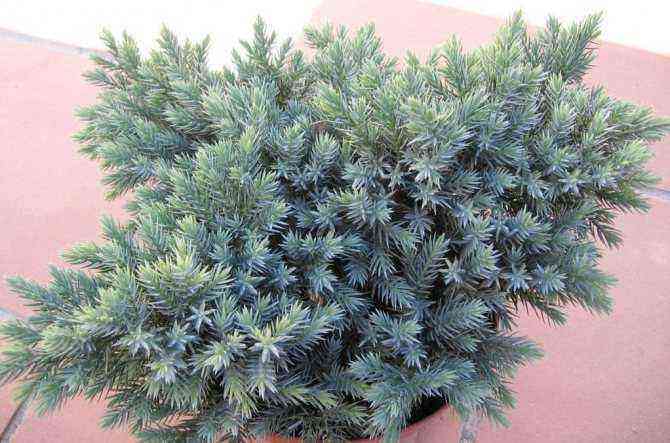
![Cultivation of Manihot esculenta [Cassava, Cassava] Cultivation of Manihot esculenta [Cassava, Cassava]](https://farmer-online.com/wp-content/uploads/2021/05/Cultivation-of-Manihot-esculenta-Cassava-Cassava.jpg)


